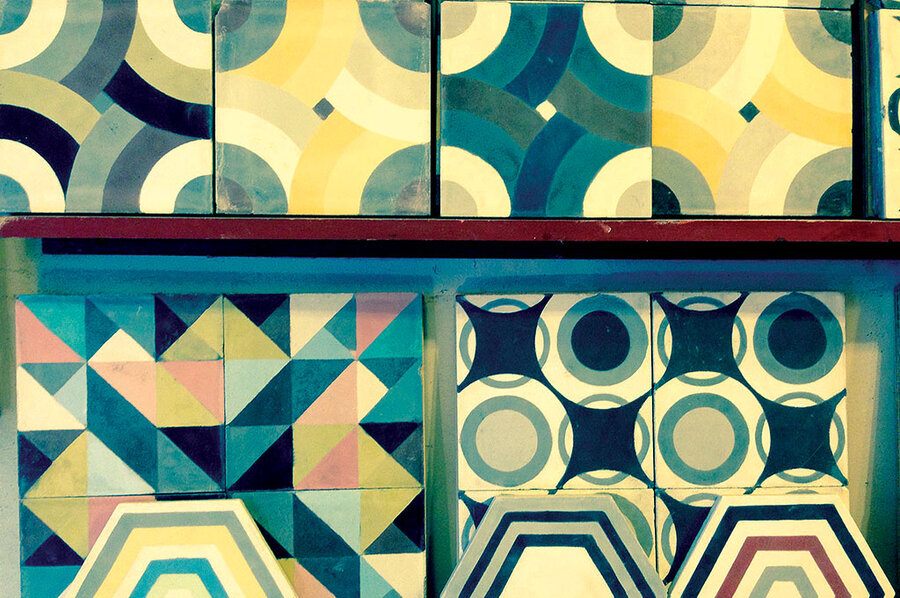Call it ‘Decades of Home Improvement’
Loading...
Last century, I made a fancy tile backsplash for our new kitchen. It was a nature scene. I drew the design on blank quarry tiles, filled in three coats of glaze as though I were coloring in a coloring book, and had them fired.
There are easier ways of doing this. Usually, when you see a scene depicted in tile, the artist has painted the scene – once – and then put a clear glaze over the painting. After it’s been fired, it will look like a watercolor. Unfortunately, I wanted the thick, jewelly, luscious version – the deep, yummy, stained-glass version. And that takes three coats of each color.
It’s one thing to draw a design and fill it in with a coat of glaze. The precision required to repeat that design exactly with the second and third coats would rattle a surgeon. Glaze is thick. I used a tiny brush. It was like pushing mud around with a bunch of eyelashes.
Clearly, this was a medieval monk’s work.
Also, I sort of punted on the design. It was a Pacific Northwest scene, anchored by Mt. St. Helens erupting, which is what Mt. St. Helens was busy doing at the time. I had 12 square feet to fill. That’s a lot of ground to cover when you’re pushing mud around with a bunch of eyelashes.
People seem to like the tile scene, but I always see this large, featureless green hill yawning across the middle. If there were an artist’s statement associated with this project, it would be: “In this work I hope to demonstrate my sincere desire to get this aggravating project over with.”
Still, eventually, after one or 3,000 hours – I lost track – I got it finished, packed it off to a kiln, and it came out just fine. Phase 1 of the backsplash was installed in triumph.
But here’s the thing. I started making gift tiles. Little things, like trivets. And about half the time they came out just fine, and half the time they Most Certainly Did Not. They came out of the kiln all runny and blurry, like over-nuked leftovers. There was no predicting it, it seemed. I asked the kiln owners if they had any insight into this. Not one did.
“That’s the beauty of ceramics,” they’d tell me through rumpled grins, shrugging in their muddy smocks. “You never really know what you’re going to get! Glazes are temperamental!” They spoke fondly, as though they were talking about a beloved pet that nobody else can stand to be around.
I have enough trouble finishing an art project. I don’t need my materials getting into a snit.
The original idea was to continue the backsplash all the way around the kitchen (Phase 2). The trim for the window was installed with nails that never got hammered in all the way because they were going to have tiles slid under them. The nails are still sticking out. Sometimes I hang plastic bags on them to dry. The wallboard behind the sink is now degraded from moisture. I don’t even notice any of it anymore.
Then one day my husband, Dave, came up to me, and in a mild voice with all the wheedle taken out of it, he said, “Now that you’ve been retired for – gosh! – five years, and we’re coming up on the 30th anniversary of the original backsplash, do you think you could maybe have a go at finishing that tile work?”
He was so nice about it. He’s been waiting a long time. I said I would.
Although I really don’t like to reward a nag.





